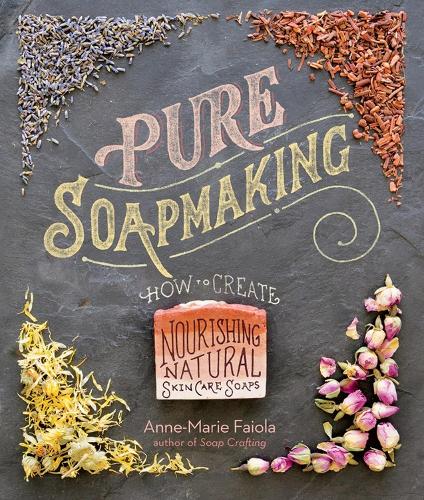The book provides a comprehensive guide to soapmaking, offering practical advice and recipes for creating natural, nourishing soaps. It is praised for its detailed instructions and beautiful photography, making it accessible for both beginners and experienced soapmakers.
Pure Soapmaking is a well-regarded guide for anyone interested in the art of soapmaking. The book is filled with practical advice, detailed recipes, and beautiful photography, making it both informative and visually appealing. It covers a wide range of topics, from basic techniques to more advanced methods, ensuring that readers of all skill levels can benefit from its content. The author's expertise shines through, providing a thorough and engaging resource for creating natural, nourishing soaps. The book's emphasis on using high-quality, natural ingredients is particularly noteworthy, as it aligns with the growing trend towards more sustainable and eco-friendly practices. Overall, it is a valuable addition to any soapmaker's library, offering both inspiration and practical guidance.
Quick quotes
This book is a must-have for anyone interested in soapmaking.
The detailed instructions and beautiful photography make it a joy to read.
The emphasis on natural ingredients is particularly commendable.
